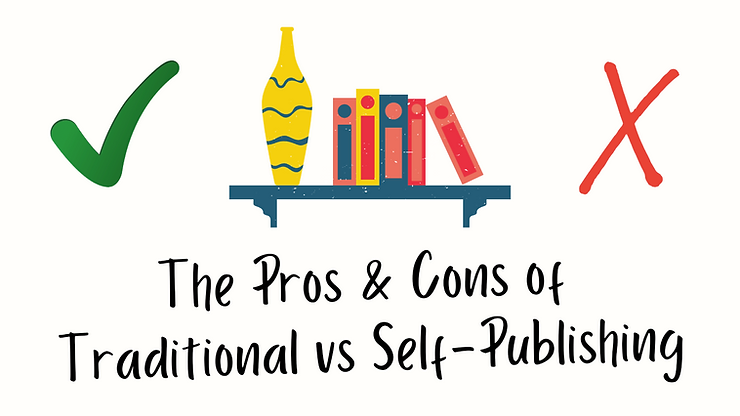
From Traditional to Print on Demand (POD)
A Guide to Publishing Your Non-Fiction Book
Congratulations! Youíve written your non-fiction book, and now you're ready to publish it. But with so many options available, it can be challenging to know where to start. In this article, weíll explore the most common options for publishing a non-fiction book.
- Traditional publishing: Traditional publishing is the most established way to publish a book. This route involves submitting your manuscript to an agent, who then pitches your book to publishing houses. If your book is accepted, the publishing house will handle the editing, design, printing, and distribution of your book. This is a great option if you want to focus on writing and let someone else handle the rest. However, traditional publishing is highly competitive, and it usually takes a long time to get your book published.
- Self-publishing: Self-publishing is becoming an increasingly popular way to publish a book. With self-publishing, you have full control over the publishing process. You can hire a professional editor and designer, format your book, and distribute it on various online platforms such as Amazon, Barnes & Noble, and Kobo. Self-publishing allows you to keep more of the profits, and you can get your book to market faster. However, you are responsible for co-ordinating and delivering all aspects of the publishing process, which can be overwhelming for some authors.
- Hybrid publishing: Hybrid publishing is a combination of traditional and self-publishing. This option offers a middle ground for authors who want more control over the publishing process but still want the support of a traditional publisher. With hybrid publishing, you work with a publisher who offers a range of services, such as editing, design, and distribution. This option is likely to be more expensive than self-publishing, but can be a good option for authors who want a more personalised approach to publishing.
- Print on demand: Print on demand (POD) is a way to order books only when they are needed, and they are printed on demand. With POD, there is no need to keep inventory as you only print what is needed. This is a cost-effective way to publish a book, as you donít need to order a large print run upfront. POD is often used in conjunction with self-publishing, as it allows authors to make their books available in print without incurring significant upfront costs.
- E-book publishing: E-book publishing is a popular option for authors who want to publish their book in digital format. With e-book publishing, you can make your book available on platforms such as Amazon Kindle, Kobo, and Apple Books. E-book publishing is a cost-effective way to publish a book, as there are no printing costs. Authors are also increasingly using audio and digital book formats. Additionally, e-books are often more accessible to readers, as they can be downloaded instantly and read on a variety of devices.
In conclusion, there are various ways to publish a non-fiction book, and each has pros and cons. Itís important to consider your goals and budget when choosing a publishing method. With the right approach, you can get your non-fiction book published and promote it so that it gets into the hands of your target audience. As always, Book Boost offers further help and support to its members.


